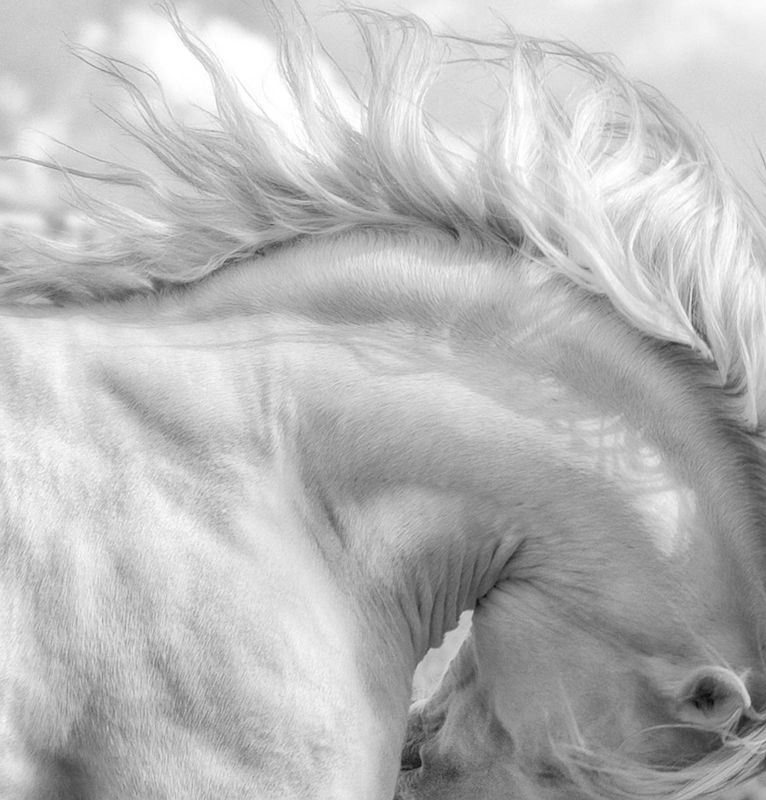

Title: Equine Grace Stallion By Artist & Photographer Bev Pettit
Shipping: $15.00
Artist: N/A
Period: Contemporary
History: N/A
Origin: N/A
Condition: Excellent
Item Date: 2011
Item ID: 5386
This is a photograph of a white Spanish Lusitano stallion as he was let out to exercise in a small pen at his home on a ranch in northern Arizona. He was feeling quite frisky on that brisk fall day. The Lusitano is known for his grace and athleticism as is captured here in this photograph. This print is number 1 of 10, in a limited edition of 10 Artist Proofs, 10x10.5 inches. This photograph is printed on loose paper. The paper is Museo Silver Rag archival fine art inkjet paper, 100% Cotton with a gloss finish. (15 mil/300 GSM). Museo Silver Rag was developed with traditional fiber based photo paper in mind. The feel of cotton with an air-dried look. The inks used to print this paper are the finest archival HDR pigment inks. The printer used to print this photo is an Epson 7900 wide format professional printer. "I do all printing myself in my own studio so that I can control the quality to the highest standard".
Link: http://en.wikipedia.org/wiki/Lusitano
Fine art print of white stallion horse. The Lusitano is a Portuguese horse breed, closely related to the Spanish Andalusian horse. Both are sometimes called Iberian horses, as the breeds both developed on the Iberian peninsula, and until the 1960s they were considered one breed, under the Andalusian name. Horses were known to be present on the Iberian Peninsula as far back as 20,000 BC, and by 800 BC the region was renowned for its war horses. When the Muslims invaded Iberia in 711 AD, they brought Barb horses with them that were crossed with the native horses, developing a horse that became useful for war, dressage and bull fighting. In 1966, the Portuguese and Spanish stud books split, and the Portuguese strain of the Iberian horse was named the Lusitano, after the word Lusitania, the ancient Roman name for Portugal. There are three main breed lineages within the breed today, and characteristics differ slightly between each line. There is also the Alter Real strain of Lusitano, bred only at the Alter Real State Stud.
Lusitanos can be any solid color, although they are generally gray, bay or chestnut. Horses of the Alter Real strain are always bay. Members of the breed are of Baroque type, with convex facial profiles, heavy muscling, intelligent and willing natures, with agile and elevated movement. Originally bred for war, dressage and bullfighting, Lusitanos are still used today in the latter two. They have competed in several Olympics and World Equestrian Games as part of the Portuguese and Spanish dressage teams. They have also made a showing in driving competitions, with a Belgian team of Lusitanos winning multiple international titles. Members of the breed are still used in bloodless bullfighting today, where it is expected that neither horse or bull will be injured.